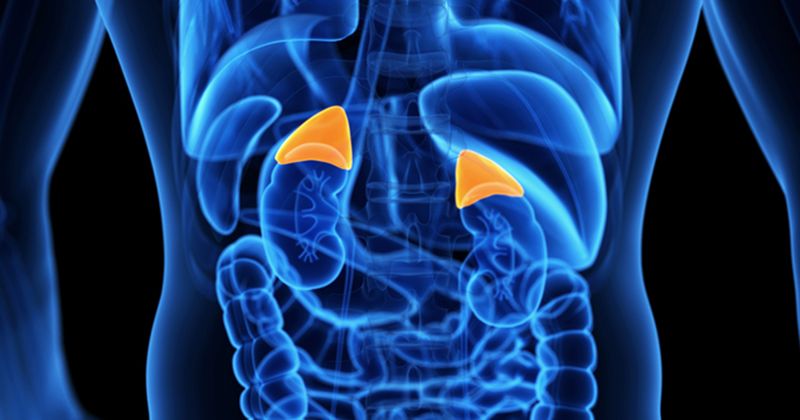Osilodrostat improves physical manifestations of hypercortisolism for most adults
SAN DIEGO — Osilodrostat is associated with improvements in physical manifestations of hypercortisolism and reductions in mean body weight and BMI in adults with Cushing’s syndrome, according to a speaker.
As Healio previously reported, in findings from the LINC 4 phase 3 trial, osilodrostat (Isturisa, Recordati) normalized mean urinary free cortisol level at 12 weeks in more than 75% of adults with Cushing’s disease. In new findings presented at the AACE Annual Scientific and Clinical Conference, most adults with Cushing’s syndrome participating in the LINC 3 phase 3 trial had improvements in physical manifestations of hypercortisolism 72 weeks after initiating osilodrostat, with more than 50% having no dorsal fat pad, supraclavicular fat pad, facial rubor, proximal muscle atrophy, striae, ecchymoses and hirsutism for women at 72 weeks.

“Many patients with Cushing’s syndrome suffer from clinical manifestations related to hypercortisolism,” Albert M. Pedroncelli, MD, PhD, head of clinical development and medical affairs for Recordati AG in Basel, Switzerland, told Healio. “The treatment with osilodrostat induced a rapid normalization of cortisol secretion, and improvements in physical manifestations associated with hypercortisolism were observed soon after initiation of osilodrostat and were sustained throughout the study.”

Pedroncelli and colleagues analyzed changes in the physical manifestations of hypercortisolism in 137 adults with Cushing’s syndrome (median age, 40 years; 77.4% women) assigned osilodrostat. Dose titration took place from baseline to 12 weeks, and therapeutic doses were administered from 12 to 48 weeks, with some participants randomly assigned to withdrawal between 26 and 34 weeks. An extension phase of the trial took place from 48 to 72 weeks. Investigators subjectively rated physical manifestations of hypercortisolism in participants as none, mild, moderate or severe. Participants were evaluated at baseline and 12, 24, 34, 48 and 72 weeks.
At baseline, the majority of the study cohort had mild, moderate or severe physical manifestations of hypercortisolism in most individual categories, including dorsal fat pad, central obesity, supraclavicular fat pad, facial rubor, hirsutism in women and striae. Central obesity was the most frequent physical manifestation rated as severe.
The percentage of participants with improvements in physical manifestations of hypercortisolism increased from week 12 on for all individual manifestations evaluated in the study, and improvements were maintained through week 72. At 72 weeks, the percentage of participants who had no individual physical manifestations was higher than 50% for each category except central obesity, where 30.6% of participants had no physical manifestations.
In addition to improvement in physical manifestations, the study cohort had decreases in body weight, BMI and waist circumference at weeks 48 and 72 compared with baseline.
“The main goal of treating patients with Cushing’s syndrome is to normalize cortisol secretion,” Pedroncelli said. “The rapid reduction and normalization of cortisol levels is accompanied by improvement in the associated clinical manifestations. This represents an important objective for patients.”









